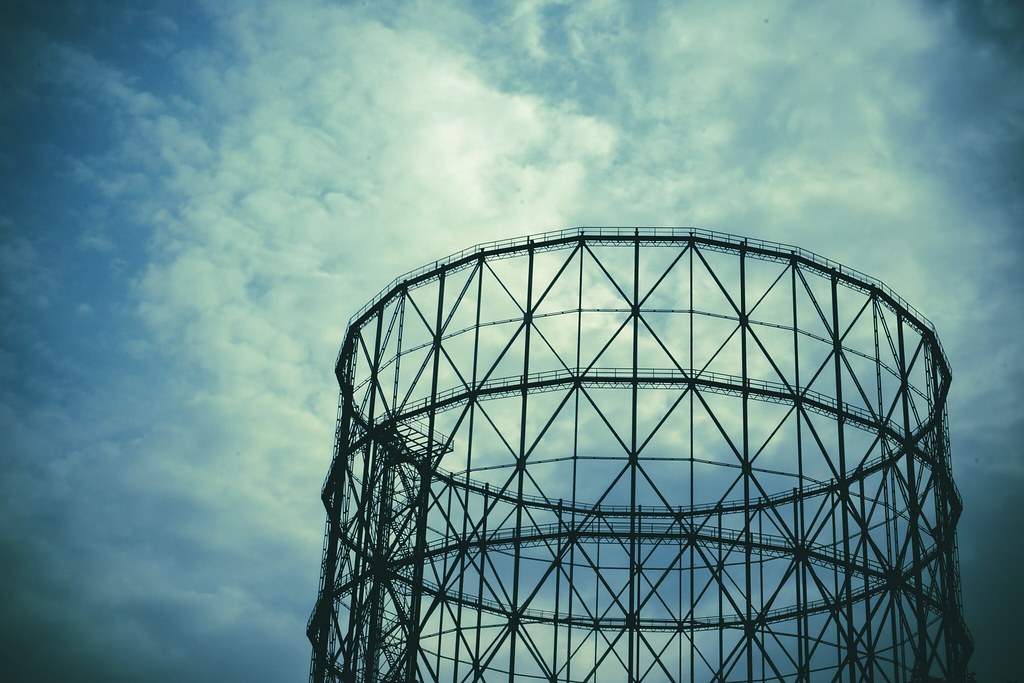#ostiense
Text

The quiet Tiber
View of the Tiber river in Rome Ostiense, March 2024. Leica R4 with 35 mm Summicron on Ilford Ilfocolor 400 Vintage Tone film.
#Tiber#river#Rome#landscape#Ostiense#photographers on tumblr#original photographers#film is alive#i still shoot film#analog photography#film photography#italy#bridge#gasometer#nature#Ilfocolor#vintage tone
81 notes
·
View notes
Text




Poppies, flowers and ruins 🤗
2 notes
·
View notes
Text
Ph: particelle elementari
#analog#film photography#35mm film#35mm photography#35mm#film#gazometro#Ostiense#rome#roma#urban exploration
2 notes
·
View notes
Photo

Dusk over Ostiense, Rome, 2023.
4 notes
·
View notes
Text
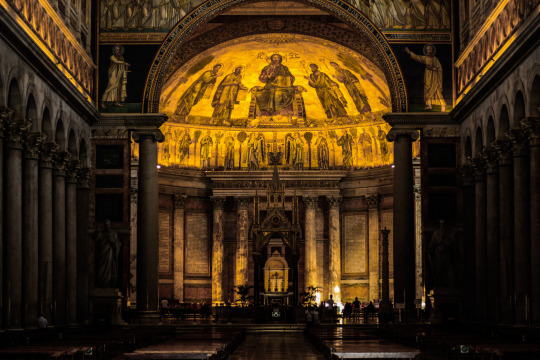


Basilica San Paolo Fuori le Mura. Ostiense, Rome, Italy.
#italy#italia#rome#roma#romephoto#romephotography#ostiense#san paolo fuori le mura#basilica#church#italianchurch#churchpoto#churchphotography#christianity#christian#art#religion#monument#chrisitanarchitecture#christianmonument#christianart#italianart#artphoto#artphotography#architecture#inside#fresco#mosaics#léo cadra
16 notes
·
View notes
Photo

Soprattutto arancione . . . . . . . . . . . . . . . . #Roma #ostiense #piùarancionedicosìsimuore (presso Ponte Settimia Spizzichino) https://www.instagram.com/p/CpdreuDtkOR/?igshid=NGJjMDIxMWI=
1 note
·
View note
Photo
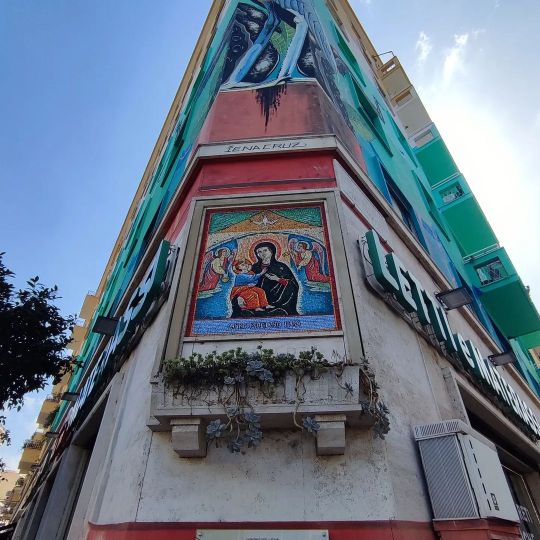
Madonnelle #vacanzeromane #ostiense #rivoglioandareadalghero #occupyroma #igersroma https://www.instagram.com/p/Cimpo_mt63Y/?igshid=NGJjMDIxMWI=
1 note
·
View note
Photo

Akira. @flaviosolo @crazydiamondtts #akira #ostiense #roma #rome #streetart #graffiti #igersroma #streetartphotography #urbanart #arteurbano #murals #romastreetart #streetartroma #streetarteverywhere https://www.instagram.com/p/CgYvsOONkOJ/?igshid=NGJjMDIxMWI=
#akira#ostiense#roma#rome#streetart#graffiti#igersroma#streetartphotography#urbanart#arteurbano#murals#romastreetart#streetartroma#streetarteverywhere
1 note
·
View note
Photo
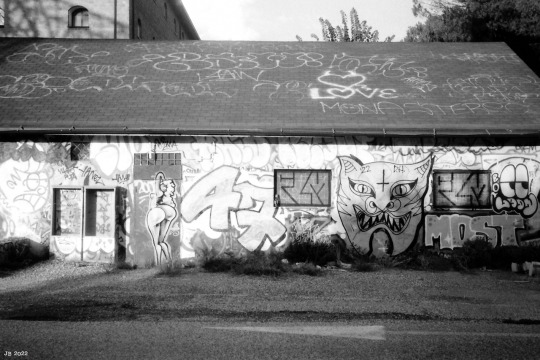
No surface spared
The streets of Rome - Gazometro running area, Ostiense. Olympus 35RC on Foma Creative 200 B&W film.
#monochrome monday#black and white#graffiti#street art#photographers on tumblr#analog photography#architecture#environment#film photography#35 mm photography#i still shoot film#film is alive#stay broke shoot film#original photographers#Rome#Ostiense#Roma#Italy
102 notes
·
View notes
Text
ARCHEOLOGIA / A Ostia tornano alla luce due nuovi frammenti dei Fasti [FOTO / VIDEO]
#ARCHEOLOGIA / A #Ostia tornano alla luce due nuovi frammenti dei #Fasti [#FOTO / #VIDEO]
#OPS_2023 #OstiaPostScriptum #ostiaproject
Due nuovi frammenti dei Fasti Ostienses emergono dalla seconda campagna di scavo del progetto “OPS – Ostia Post Scriptum”, curato dal Parco archeologico di Ostia antica in collaborazione con l’Università di Catania e il Politecnico di Bari.
I frammenti dei Fasti, una sorta di cronaca incisa su lastre di marmo che riportano notizie preziose sulla storia politica e monumentale di Roma e di Ostia e…
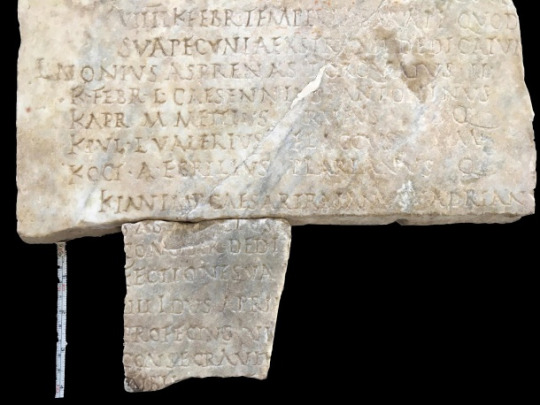
View On WordPress
#antica roma#Antichità#archeologia#Fasti Ostienses#notizie#OPS - Ostia Post Scriptum#Ostia#Parco Archeologico di Ostia antica#Politecnico di Bari#Roma antica#scavi#scavi archeologici#scoperte#Università di Catania
0 notes
Text
MFR22, l’innovazione energetica sostenibile firmata Eni
Dal 7 al 9 ottobre l’azienda ha ospitato nell’area dell’ex Gazometro Ostiense l’edizione 2022 della più importante manifestazione europea sull’innovazione, portando in mostra la propria visione energetica
Dalle tecnologie per produrre energia marina a quelle per sintetizzare i biofuel fino alle nuove frontiere della fusione magnetica. Alla Maker Faire Rome 2022 – l’evento promosso e organizzato dalla Camera di Commercio di Roma – Eni ha presentato le ultime innovazioni tecnologiche messe in campo per sostenere la cosiddetta Just Transition, la transizione energetica “giusta”.
Un appuntamento divenuto ormai tradizione per il colosso italiano che, oltre a vestire i panni di main sponsor, ha messo ancora una volta a disposizione della Fiera i propri spazi di Roma Ostiense, nell’area dell’ex Gazometro. Aprendo così le porte di un luogo simbolo del progresso energetico ad una tre giorni pubblica tutta all’insegna del futuro e fortemente intrecciata con l’impegno di Eni.
Per l’azienda infatti l’innovazione tecnologica rappresenta la chiave di volta per far fronte a una delle sfide più importanti della contemporaneità: garantire ad una popolazione mondiale in continua crescita un accesso all’energia equo, sostenibile e affidabile, accelerando allo stesso tempo il percorso di decarbonizzazione.
Ecco perché Eni ha preso parte alla Maker Faire Rome 2022 con due spazi interattivi aperti al pubblico, entrambi legati alla sua visione di innovazione al servizio della sostenibilità.
In mostra all’interno della prima area espositiva, i progetti e le soluzioni più interessanti che il colosso energetico sta sviluppando in ambito cleantech. Si va dall’Inertial Sea Wave Energy Converter (ISWEC), il sistema per la conversione dell’energia delle onde marine in elettricità sviluppato in collaborazione con il Politecnico di Torino e con lo spin-off universitario Wave for Energy, alle tecnologie di CCUS (cattura, utilizzo e stoccaggio della CO2) messe a punto nei suoi centri di ricerca o frutto di collaborazioni internazionali. Spazio anche ai nuovi progetti dedicati ai biocarburanti avanzati e al ruolo dell’economia circolare nella decarbonizzazione dei trasporti.
La tecnologia della fusione a confinamento magnetico ha costituito, invece, il secondo grande focus dell’evento. Per lo spazio interattivo, Eni ha scelto un’originale installazione realizzata in collaborazione con CRA – Carlo Ratti Associati e Italo Rota. La struttura ricordava, in chiave concettuale, un prototipo di “Tokamak”, ossia la camera toroidale magnetica all’interno della quale è possibile dare vita a processi di fusione termonucleare controllata.
L’area espositiva ha fornito un'accurata spiegazione sul funzionamento della tecnologia, quali sono gli attuali progressi e quali i progetti in cui Eni è coinvolta. La società è, infatti, impegnata da tempo su diversi filoni di innovazione legati alla fusione, dalla collaborazione con il Massachusetts Institute of Technology nel programma LIFT (Laboratory for Innovation in Fusion Technology) a quelle strette in Italia con centri di ricerca e atenei per accrescere il know how sul tema. Non solo. È azionista di Commonwealth Fusion Systems (CFS), lo spin-off del MIT impegnato a realizzare i primi magneti superconduttori ad alta temperatura per il confinamento del plasma. E partecipa al celebre progetto DTT (Divertor Tokamak Test facility) con ENEA e alcune università e centri di ricerca italiani, per l’ingegnerizzazione e la costruzione di una macchina sperimentale finalizzata a fornire risposte scientifiche e tecnologiche ad alcuni aspetti del processo.
link: https://www.eni.com/it-IT/media/eventi/maker-faire.html
0 notes
Text
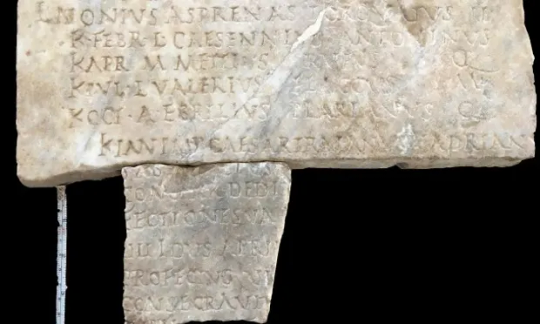

Roman Calendar Fragments Found at Ostia, Italy
Researchers in Italy uncover inscribed sections of marble chronicle linked to previous finds at Ostia Antica archaeological park
Some of the daily activities of the Roman emperor Hadrian, who built monuments including the Pantheon during his more than two-decade reign, have been revealed after the discovery of fragments of marble slabs in Ostia Antica, an archaeological park close to Rome that was once the city’s harbor.
The details were inscribed on fasti ostienses, a type of calendar chronicling events involving emperors and other officials in ancient Rome which were drafted by the pontifex Volcani, the highest local religious authority.
One of the two newly recovered fragments, which experts say matches perfectly with another previously found at the site, dates to AD128, during the reign of Hadrian. The inscription refers to events that took place that year, including 10 January, when Hadrian received the title pater patriae, or father of his country, and his wife, Sabina, that of Augusta. According to the inscription, Hadrian celebrated the occasion by offering a congiar dedit, or donation of money, to the people.
Another date, 11 April of the same year, refers to Hadrian’s trip to Africa before he returned to Rome between July and August. Before a subsequent trip to Athens, he consecrated (the inscription reads “consecravit”) a building in Rome that experts believe could be either the Pantheon or the Temple of Venus and Roma, possibly on 11 August. This would have marked his 11th anniversary as emperor.
The fragments were found in the forum of Porta Marina, a large rectangular building where fasti ostienses were carved into columns, during recent excavations at Ostia Antica that involved teams of archaeologists from the University of Catania and Polytechnic University of Bari.
Alessandro D’Alessio, the director of the archaeological park, said the “extraordinary discovery” sheds more light on the activities of Hadrian, including the buildings he constructed in Rome, while helping to better understand the story of ancient Ostia.
Gennaro Sangiuliano, Italy’s culture minister, said the excavations, which have also revealed extensive sections of a mosaic floor that will eventually be open to the public, gave additional insight into life in Ostia and Rome.

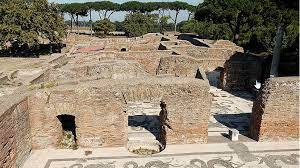
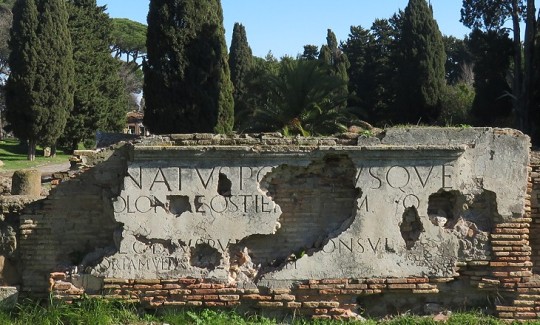
Fragments of fasti ostienses were first discovered at the site in 1940 and 1941 and then again between 1969 and 1972, including one that joins the recently rediscovered fragment. The combined slab chronicles the AD126-128 period. Some of the calendar fragments, which range between AD49 and AD175, are on display at the Vatican Museums.
Ostia Antica, which is located less than 19 miles (30km) from Rome, lay in ruins for hundreds of years until the 19th century. The site contains a theatre, which hosts productions and concerts, and the remains of Roman baths, schools, temples and a synagogue.
By Angela Giuffrida.
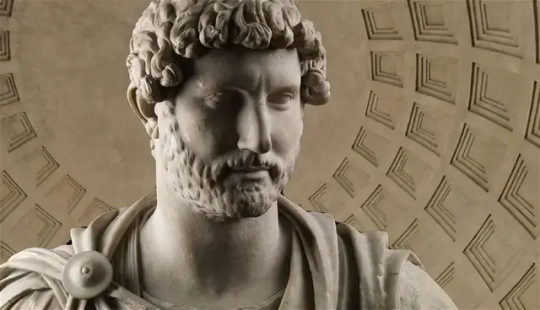
#Emperor Hadrian#Roman Calendar Fragments Found at Ostia Italy#Ostia Antica archaeological park#ancient artifacts#archeology#archeolgst#history#history news#ancient history#ancient culture#ancient civilizations#roman history#roman empire#roman emperor
41 notes
·
View notes
Text


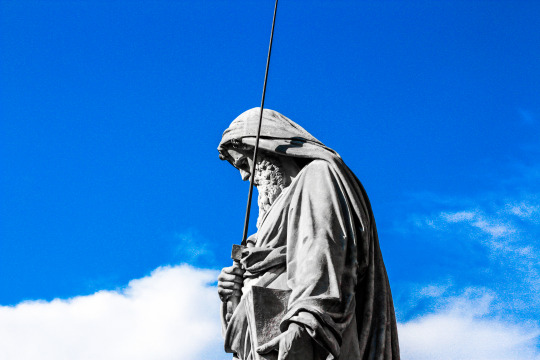
Basilica San Paolo Fuori le Mura. Ostiense, Rome, Italy.
#italy#italia#rome#roma#romephoto#romephotography#ostiense#san paolo fuori le mura#basilica#church#churchphoto#churchphotography#christianity#christian#art#religion#culture#monument#christianarchitecture#christianmonument#christianart#artphoto#artphotography#architecture#architecturephoto#architecturephotography#canon#50mm#léo cadra
5 notes
·
View notes
